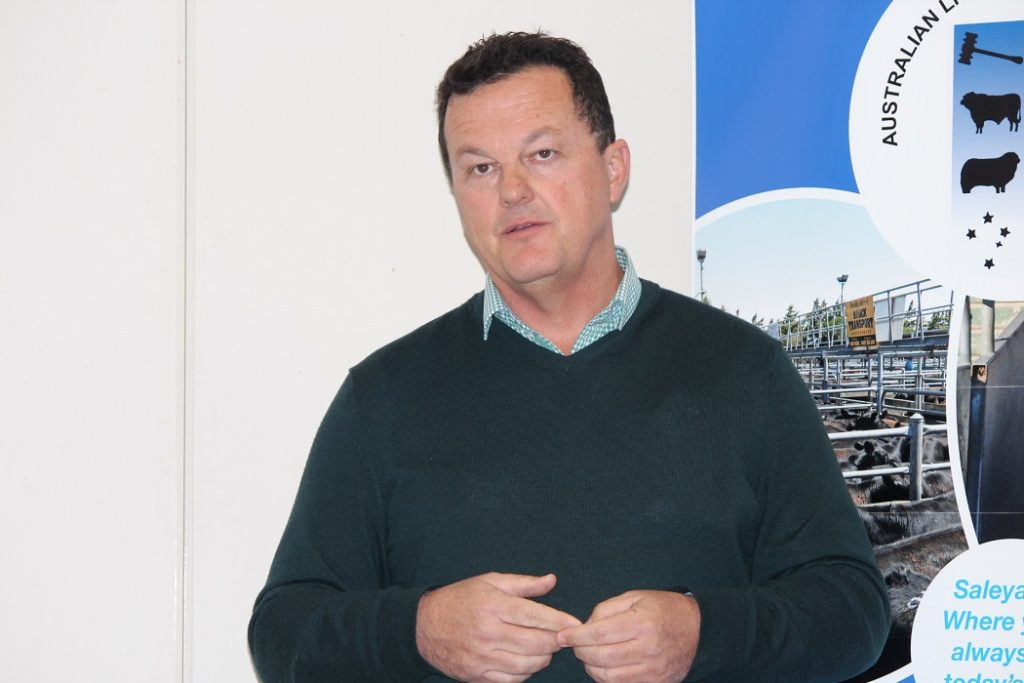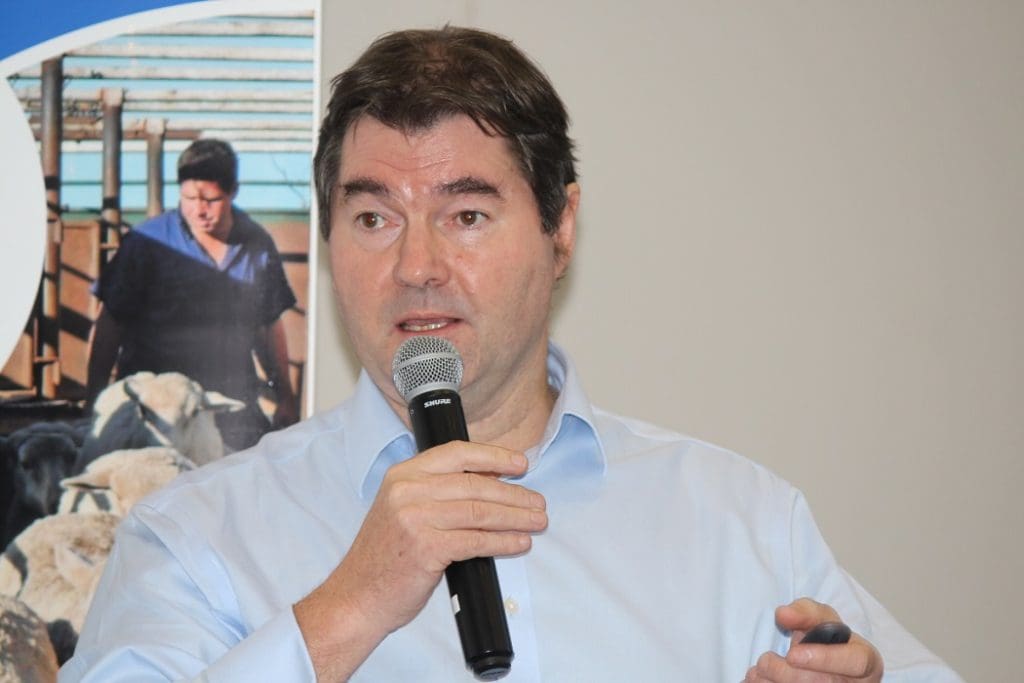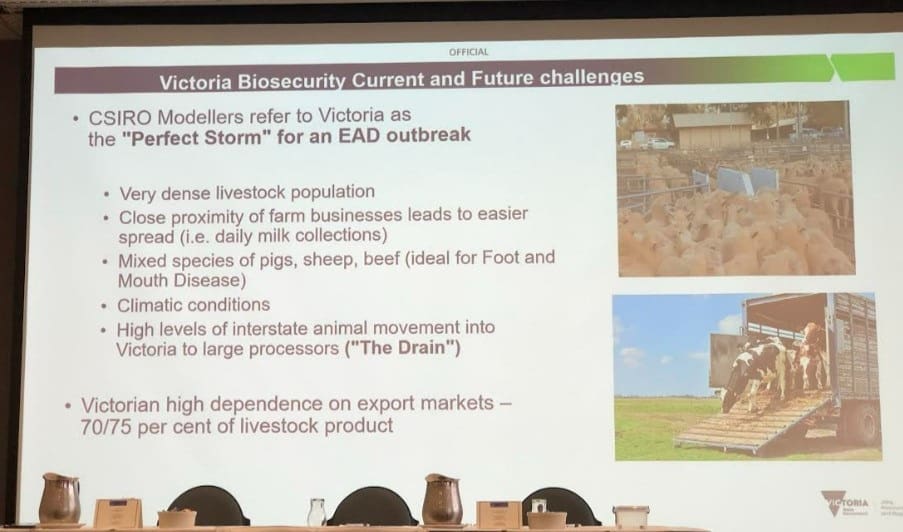
Agriculture Victoria’s director of animal health and welfare Les Howard
AGRICULTURE Victoria’s director of animal health and welfare has told a national saleyard association conference that authorities believe an emergency animal disease outbreak in Australia is imminent.
AV animal health and welfare director Les Howard was speaking as part of a stock standstill session at the Australian Livestock Saleyard Association’s 2022 conference in west Melbourne.
Mr Howard recited the June structured expert judgments by the Centre for Excellence for Biosecurity Risk Analysis that calculated a 11.6 percent probability of a Foot and Mouth Disease outbreak in the next five years.
“We’re not only preparing for FMD, we’re also preparing for Lumpy Skin Disease, which is a 28pc chance.”
He said Australia was also preparing for African Swine Fever, which has a CEBRA risk assessment of 21pc. The risk assessment for African Horse Sickness is 13pc.
He agreed that the combined estimated probability of a major animal disease occurring in Australia within the next five years is 56pc.
Since those judgements were released, Minister for Agriculture Murray Watt has variously told media outlets that the risk of FMD getting into Australia is “extremely low,” or “low,” although not zero, and the Federal Government has made unprecedented investments for FMD vaccines, upgrading airport and mail centre border security, and an extensive industry/government engagement and collaboration campaign. He told a recent webinar on FMD and LSD that Australia was taking increased action abroad (in Indonesia), at borders and mail centres, and in preparedness “to make sure we are ready as a country if the worst did happen and we did see an outbreak here.”
However, considering the current level of biosecurity preparedness engagement and activity, when asked if there is a belief among authorities that an outbreak of one of those diseases in Australia is imminent, Mr Howard said: “Yes.”
“That’s what we believe, that we will have a major animal disease in Australia in the next five years, yes.
“What it is, we don’t know, we’ve got a top five list and that’s all to do with the changes in the risk profile with LSD and FMD being found in Indonesia and now Bali.
“We’ve got ASF in Timor-Leste and PNG and three years ago we didn’t have these.”
Victoria’s ‘perfect storm’ in an EAD outbreak

Victoria’s Chief Veterinary Officer Dr Graeme Cooke at the ALSA conference.
At the conference Victoria Chief Veterinary Officer Dr Graeme Cooke’s overheads told the saleyard managers that CSIRO modellers refer to Victoria as the “perfect storm” for an EAD outbreak.
This was because of its dense livestock population, the close proximity of farm business lead to easier spread, the mix of species – pigs, sheep and cattle – ideal for Foot and Mouth Disease, climatic conditions and the high levels of interstate animal movement into Victoria to large processors.
“Victoria has this amazingly vibrant agricultural industry, but there is a price to be paid for that, because of the variety of animals, the percentage of the industry that sends its animals to Victoria to be processed, the seasons… and we have proximity of businesses.
“So we do have the trucks that go to farm to farm to farm …..”
But he said the state also had some “real assets” in electronic identification of sheep and cattle giving it the ability to trace livestock within minutes.
In his experience with FMD outbreaks in the United Kingdom in 2001 and 2007, it was saleyards that spread the disease.
“Government decision-making was partly to blame because they didn’t put in a national (stock) standstill early enough and during the three days in which it was actually put in place the disease got seeded through all these key markets (sale marts).”
He said there was “no understanding” that sheep had become a commodity and were traded over successive days in multiple markets.
“So it meant that the disease spread all across the country and it ended up with 10,000 farms being depopulated, costing about $15 billion dollars.”
Dr Cooke also outlined the domestic and global factors impacting emergency animal disease risks and spread, and the EAD response structure in Australia.


So direct to works sales will be subsidising saleyards?